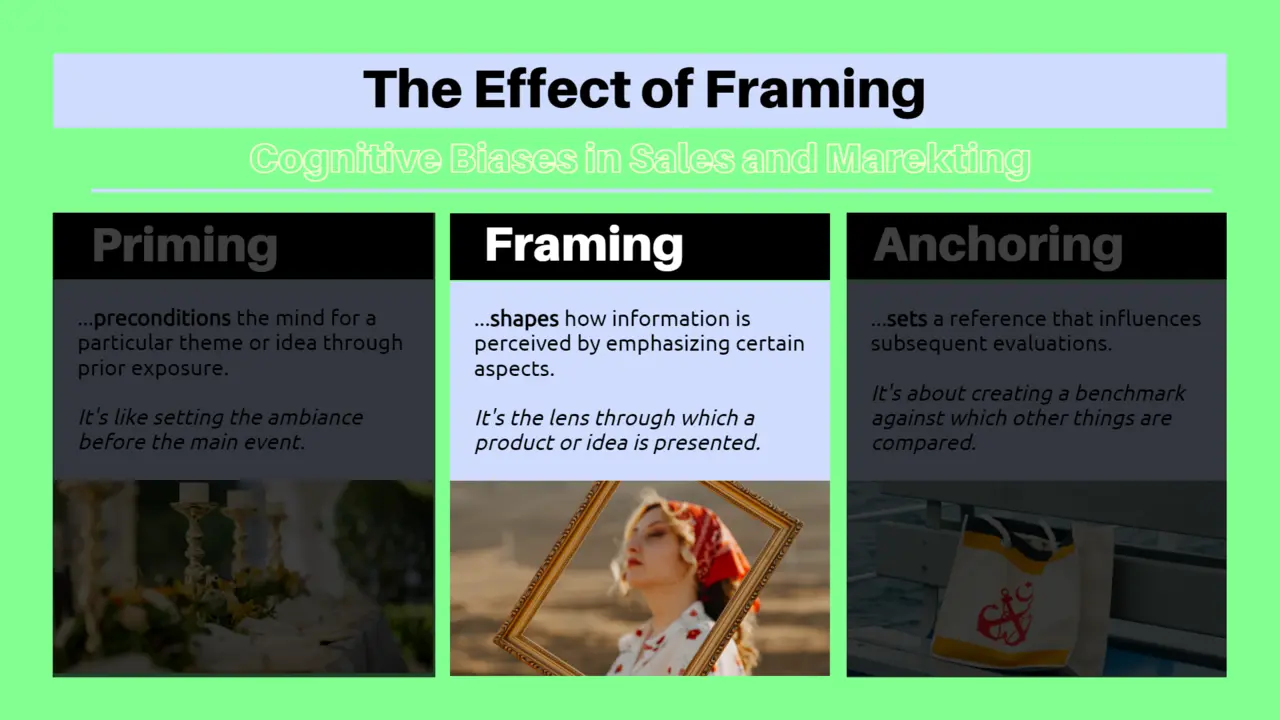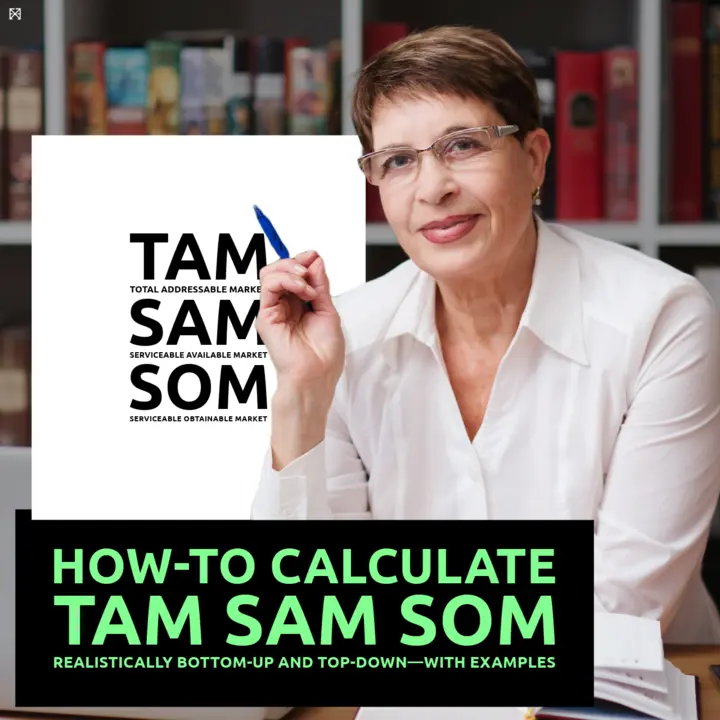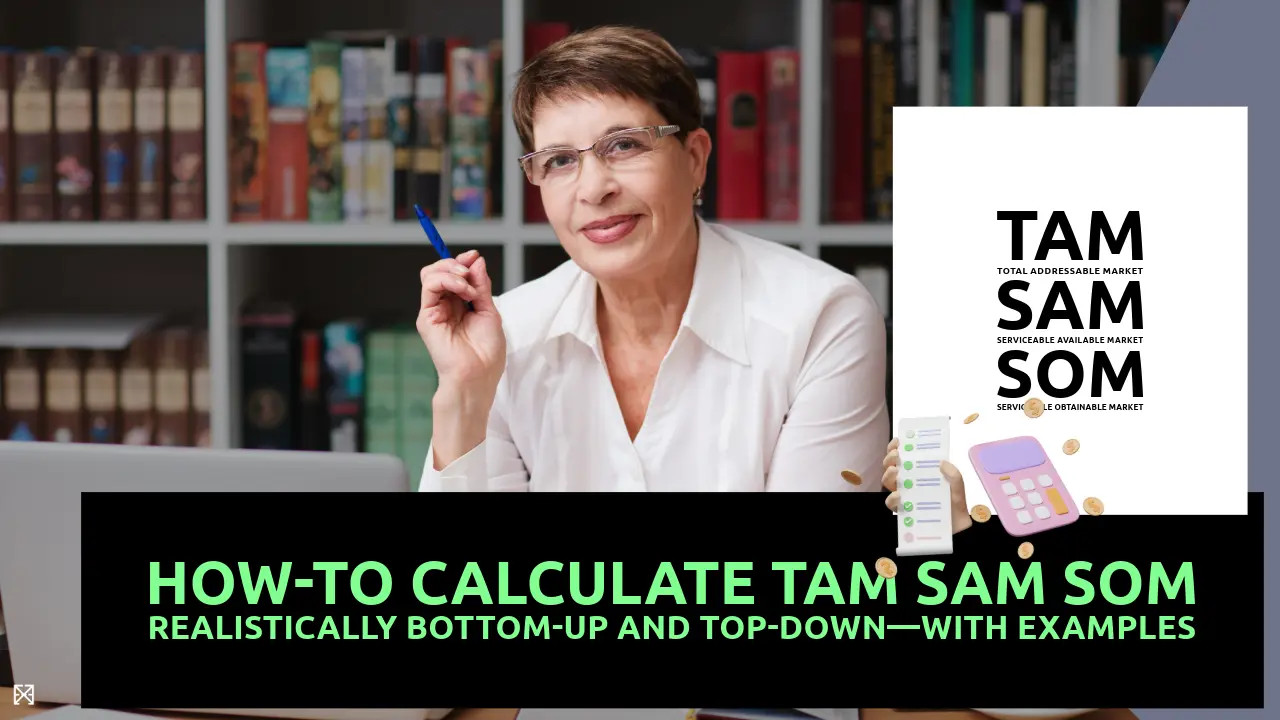The packaging of information – its frame – can alter the essence of the message, guiding decisions often more than the information itself.
Hold my beer, the way information is presented to us can significantly influence our decisions and perceptions?
This phenomenon, known as the Framing effect, has roots in behavioral economics and underscores the power of context in shaping our choices.
The mind is a fascinating instrument, capable of processing vast amounts of information in mere moments. And in sales and marketing, where every word counts and decisions hinge on perceptions, the Framing effect stands as a testament to the intricate dance between psychology and economics.
Origins and Insights from Behavioral Economics
Behavioral economics, a field that combines insights from psychology and economics, has long recognized that humans aren’t the perfectly rational agents traditional economic models suggest.
The Framing effect is a cognitive bias. It highlights how people react differently to a particular choice depending on whether it's presented in a positive frame (emphasizing the gain) or a negative frame (emphasizing the loss), even when the outcomes are statistically the same.
The Framing effect was first popularized by Nobel laureates Daniel Kahneman and Amos Tversky. In a series of experiments, they demonstrated that people's decisions could be swayed simply by changing the way options were presented.
For instance, when faced with the decision to save lives in the face of a hypothetical epidemic, people's choices varied based on whether the outcomes were framed in terms of lives saved or lives lost, even if the statistical outcomes were identical.
Assumptions of Behavioral Economics Regarding You, the Consumer
Behavioral economics seeks to understand why people often make irrational decisions and how their behavior does not always follow the predictions of classical economic theories.
At the heart of behavioral economics lies an array of cognitive biases that influence people's judgments and decisions. One of the most pivotal of these biases is the Framing effect.
- Human beings are not always rational actors and not rational decision-makers. Meaning their decisions aren't solely based on objective data, but their choices are influenced by a myriad of cognitive biases, of which framing (the way how the data is presented) is prominent.
- Sales and marketing strategies often harness these cognitive biases to enhance their effectiveness.
- Therefore, marketing and sales messages often use framing deliberately in their pitches and campaigns towards you.
Behavioral Underpinnings
The power of framing stems from deeper psychological principles. For instance, the concept of "loss aversion" posits that people feel the pain of a loss more intensely than the pleasure of an equivalent gain. This means a negative frame ("Don't miss out!") can sometimes be more compelling than a positive frame ("Get yours now!").
Cultural Variations
The effectiveness of framing can vary across cultures. In some cultures, positive framing (emphasizing benefits) might be more effective, while in others, negative framing (highlighting losses or downsides of not using a product) might resonate more. For instance, insurance companies might frame their policies as providing "peace of mind" in one culture, while in another, they might emphasize the risks of not having insurance.
Demographic Variations
It's worth noting that the effectiveness of different frames can also vary based on demographic, or individual differences. For instance, younger consumers might be more influenced by frames emphasizing sustainability or social impact, while older consumers might prioritize frames around reliability or tradition.
The Power of Framing in Sales and Marketing
At the intersection of behavioral economics and sales and marketing, the Framing effect plays a monumental role. Marketers often need to decide how to frame their product or service to make it most appealing. Should you emphasize its strengths or underscore what the consumer would miss out on if they went with a competitor's product?
Framing and its Role in Decision Making
The first step to understanding the impact of the Framing effect in sales and marketing is recognizing its role in decision-making. If two products are statistically similar, the one framed in a more positive light is likely to be chosen by consumers. For example, skincare products might be marketed as "improving skin health by 70%" instead of "30% might not see improved skin health".
One classic example is in the realm of e-commerce. Products might be framed with scarcity ("Only 3 items left!") to encourage immediate purchase, or with positive social proof ("Over 10,000 sold!"). Each frame taps into a different aspect of consumer psychology.
The nuances of framing become particularly pertinent in the sales and marketing strategy of Apple's marketing campaigns. Consider Apple's meticulously crafted launches of each iPhone. Rather than emphasizing the technical specifications, Apple's campaigns frames every iPhone as a revolutionary experience. The emphasis is was on "changing everything" – a frame that positioned the product not as a mere phone but as an emblem of a lifestyle. With every launch the online community speaks about the missing technological features while everyone who does not use an iPhone misses about being connected to their family and friends and the world entirely. Do you remember when Clubhouse or Naval Ravikant’s app was only available on iPhone?
Framing and Brand Positioning
Brands often use framing to position themselves in the market. For instance, a brand might frame itself as the "environmentally conscious choice", emphasizing the positive impact of buying their product, rather than focusing on the negatives of not doing so.
The power of framing brings with it ethical considerations. While it's a potent tool for persuasion, it's paramount that it's used responsibly. Misleading frames or those that exploit vulnerabilities can erode trust and have long-term negative implications for a brand.
With great power comes great responsibility. As with all tools derived from understanding human behavior, there's an ethical imperative to use framing in a manner that respects and values the consumer.
Conclusion: The Framing effect is a nuanced cognitive bias that holds significant power in shaping consumer perceptions and decisions. While it offers sales and marketing professionals a potent tool to influence consumer behavior, it also comes with the responsibility of ensuring that this influence is wielded ethically and transparently. By understanding its intricacies and continuously refining their approach, businesses can use framing to their advantage while maintaining trust and credibility with their audience.
Strategies for Effective Framing
Sales and marketing professionals, armed with an understanding of this effect, are better positioned to craft messages that resonate. Businesses can use framing to their advantage but must remember to maintain trust and credibility with their audience.
Understand Your Audience:
Knowing what resonates with your target demographic allows you to frame messages that appeal to their values and concerns.
Tailor to Your Audience:
Different demographic or psychographic groups may respond better to different frames. Know your “Audience of One” for that exact creative or collateral and adjust accordingly.
Use Positive Framing When Appropriate:
Highlighting benefits or positive outcomes can often be more persuasive than solely focusing on potential losses or negatives in marketing.
Emphasize the Negative During Sales:
Whenever feasible, focus on the benefits or positive outcomes of a product or service. But if truly applicable you can capitalize on our intrinsic preference for loss frames to pull them over the fence (not push, pull!).
Be Clear and Concise:
Ambiguity can dilute the impact of your framing. Ensure your message is clear.
Consistency Across Touchpoints:
Ensure that the framing remains consistent across all marketing channels, be it digital ads, brochures, or sales pitches.
Employ Visuals:
Visual aids can amplify the framing effect, making your message more compelling. Complement verbal or written frames with visuals that reinforce the desired perception.
And of course, to harness the power of framing effectively, you need to measure and refine your strategies continuously. This might involve A/B testing different frames to see which one resonates more with the target audience. For example, an online retailer could test two product descriptions – one emphasizing the benefits of the product and the other emphasizing what the consumer might miss out on if they don't purchase.
In Conclusion
The Framing effect, while subtle, is a formidable force in shaping your customers decisions.
Brands that harness this power, contextualizing their narratives with precision and empathy, can craft resonating messages that drive desired outcomes—desired outcomes not for you, but helping your customers to achieve their desired outcomes! As professionals in sales and marketing we are a coach, we are a trusted advisor.
Armed with the insights from behavioral economics and a keen awareness and understanding of our audience we can employing this tool to improve customer experience and customer success.
As readers, being aware of this effect not only empowers us in our professional endeavors but also makes us more discerning consumers of information.
Learn more about other cognitive biases and understand why we buy
- Priming: precondition the mind for a particular theme or idea through prior exposure.
- Anchoring: set a reference that influences subsequent evaluation.
- Interested in more cognitive biases used in Sales? Learn the psychology behind the 3 key cognitive biases that software companies leverage to entice you into free trials of their premium features.
How does the Framing effect differ from other cognitive biases in influencing consumer decisions?
The Framing effect specifically focuses on how the presentation or "packaging" of information affects decisions, whereas other cognitive biases might be influenced by past experiences, inherent beliefs, or emotional states.
For instance, while the Confirmation bias leads individuals to seek out information that confirms their pre-existing beliefs, the Framing effect emphasizes how a singular piece of information can be perceived differently based on its presentation.
What are metrics or KPIs to measure the impact of different frames in your campaigns?
Businesses often employ A/B testing, where they present two differently framed messages to segments of their audience and measure metrics like conversion rates, click-through rates, and sales.
For example, an e-commerce platform might test a product description framed positively against one framed with scarcity to determine which drives more sales.
How do businesses navigate the ethical considerations of framing?
Ethical businesses prioritize transparency and honesty in their messaging. They avoid misleading frames and ensure that any claims made can be substantiated.
Paramount for you is to ensure that your messages don't exploit or manipulate but rather inform and empower!
Given the profound effect of framing, it's also beneficial to actively tell potential customers to seek out varied sources of information and perspectives, which can provide a more holistic view and counteract the impact of a singular frame. Your product aware user will likely do so anyways and you can help them compare your solution to the real competition and not some arbitrary competition like Convertkit vs Sendgrid. You’ll make yourself happier customers because they are well informed once they decide for your solution.
With the rise of AI and data analytics, can framing in sales and marketing be automated for optimal results?
While AI can analyze vast datasets to suggest potential effective frames based on historical data, the art of framing also requires human intuition, creativity, and cultural understanding. Automation can aid the process, but the human touch remains crucial for genuine and effective communication.






